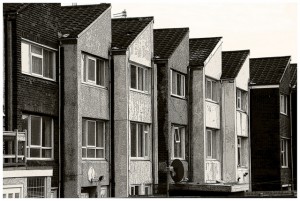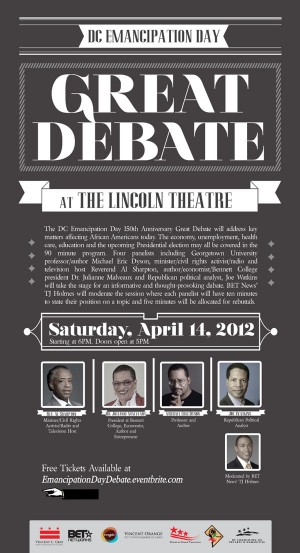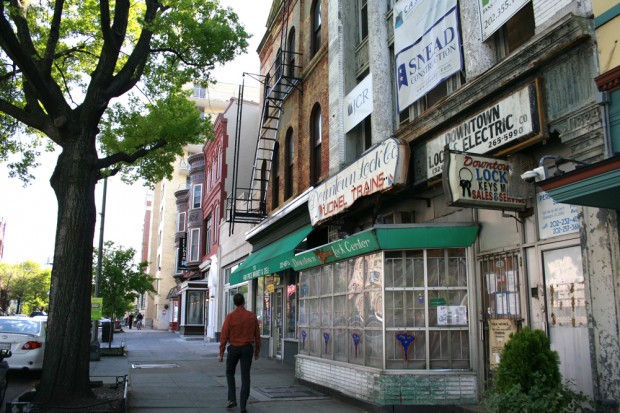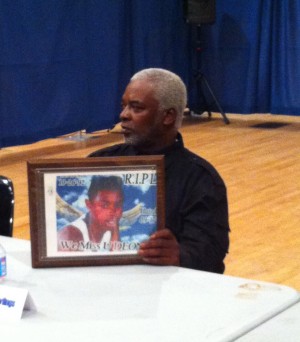
Victor1558 / Flickr
The average woman in D.C. earns less than the average man, but that wage gap varies widely once race is taken into consideration. For example, white women earn 79 cents for every $1 a white, non-Hispanic man earns, but Hispanic women earn 41 cents for every $1 a white, non-Hispanic man earns. These numbers come from the
National Women’s Law Center, which released
state-specific data on the gender pay gap.
The table below compares how much the average woman earns to how much the average man earns, broken down by race:
| Women/Men |
Black women/white men |
Hispanic women/white men |
White women/white men |
| 91 cents/$1 |
51 cents/$1 |
41 cents/$1 |
79 cents/$1 |
D.C. has one of the lowest overall wage gaps when compared to other states and the national average of 77 cents on the dollar. But comparing D.C. to other states is an apples-and-oranges kind of comparison, so NWLC senior policy analyst Katherine Gallagher Robbins sent us the statistics of nearby cities to get a sense of how the District fares.
The gap in pay between men and women in D.C. is the second smallest among Philadelphia, Baltimore, Boston, Atlanta and New York City (which came in first, with 93 cents on the dollar). But take race into account, and D.C. doesn’t do so well anymore; of the aforementioned cities, only Atlanta has a larger pay gap between minority women and white men. In the Georgia city, black and Hispanic women make about 42 cents for every $1 white men earn.
Increasing college degrees among black and Hispanic women in D.C. could help make a dent in the wage gap — 23 percent of D.C.’s black women hold at least a bachelor’s degree and 35 percent of the city’s Hispanic women hold such degrees, while 86 percent of white men do, according to census estimates. But even the average college-educated woman in D.C earn 12 cents less than the average college-educated man, according to NWLC.








 What:
What: 

